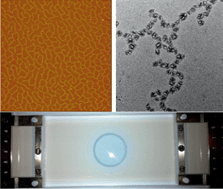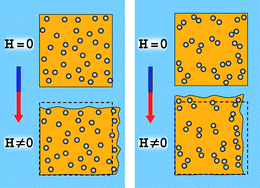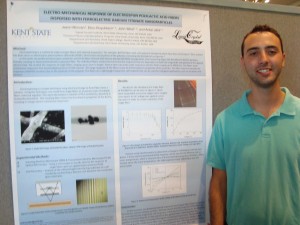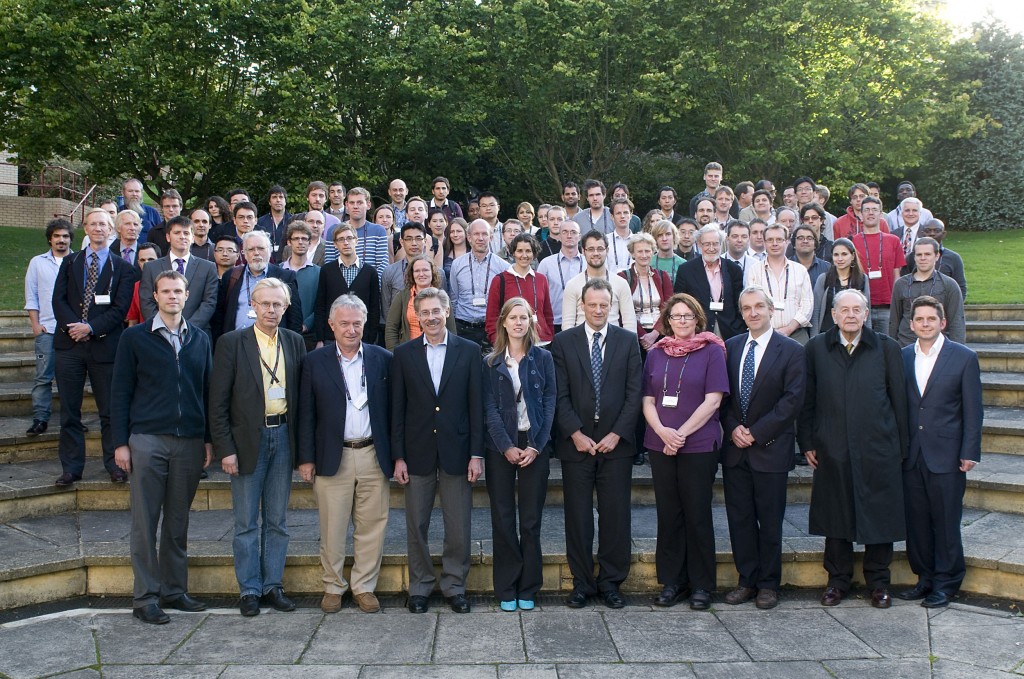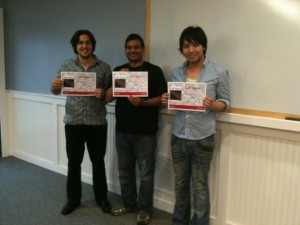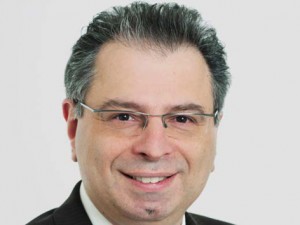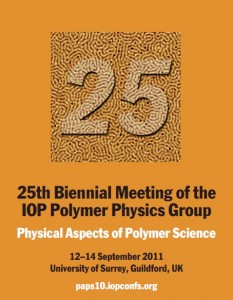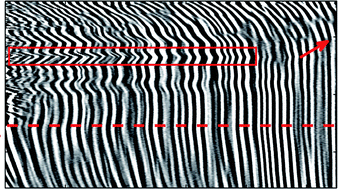This month sees the following articles in Soft Matter that are in the top ten most accessed in July:
Soft microorigami: self-folding polymer films
Leonid Ionov
Soft Matter, 2011, 7, 6786-6791
DOI:10.1039/c1sm05476g
Biopolymers in nanopores: challenges and opportunities
Hemant Kumar, Yves Lansac, Matthew A. Glaser and Prabal K. Maiti
Soft Matter, 2011, 7, 5898-5907
DOI:10.1039/c0sm01517b
Stimulus responsive nanogels for drug delivery
Liusheng Zha, Brittany Banik and Frank Alexis
Soft Matter, 2011, 7, 5908-5916
DOI:10.1039/c0sm01307b
Janus particles at an oil–water interface
Bum Jun Park, Teresa Brugarolas and Daeyeon Lee
Soft Matter, 2011, 7, 6413-6417
DOI:10.1039/c1sm05460k
Biomimetic morphogenesis of micropottery: helical coiling of mesostructured silica nanofibers
Longping Zhou, Jianfeng Ye, Guosong Hong and Limin Qi
Soft Matter, 2011, Advance Article
DOI:10.1039/c1sm05593c
Fabrication and evaluation of reduction-sensitive supramolecular hydrogel based on cyclodextrin/polymer inclusion for injectable drug-carrier application
Jiahui Yu, Honglei Fan, Jin Huang and Jinghua Chen
Soft Matter, 2011, 7, 7386-7394
DOI:10.1039/c1sm05426k
Bio-inspired anisotropic micro/nano-surface from a natural stamp: grasshopper wings
Tong Zhang, Mingzhu Li, Bin Su, Changqing Ye, Kan Li, Weizhi Shen, Li Chen, Zhongxin Xue, Shutao Wang and Lei Jiang
Soft Matter, 2011, 7, 7973-7975
DOI:10.1039/c1sm05366c
Self-assembly of double hydrophilic block copolymers in concentrated aqueous solution
Adam Blanazs, Nicholas J. Warren, Andrew L. Lewis, Steven P. Armes and Anthony J. Ryan
Soft Matter, 2011, 7, 6399-6403
DOI:10.1039/c1sm05771e
Mechanics of random fiber networks—a review
R. C. Picu
Soft Matter, 2011, 7, 6768-6785
DOI:10.1039/c1sm05022b
Biomimetic microlens array with antireflective “moth-eye” surface
Doo-Hyun Ko, John R. Tumbleston, Kevin J. Henderson, Larken E. Euliss, Joseph M. DeSimone, Rene Lopez and Edward T. Samulski
Soft Matter, 2011, 7, 6404-6407
DOI:10.1039/c1sm05302g
Why not take a look at the articles today and blog your thoughts and comments below.
Fancy submitting an article to Soft Matter? Then why not submit to us today or alternatively email us your suggestions.
 Oppositely charged colloidal particles exhibit fully reversible assembly under varying salt concentrations in water. Fluorescent polystyrene colloidal particles are charged by a grafted polyelectrolyte brush. Below a certain concentration oppositely charged colloids form clusters and gels with a fractal nature. These particles are a promising step toward a reversible and controlled self-assembling system in water, using colloidal particles as building blocks.
Oppositely charged colloidal particles exhibit fully reversible assembly under varying salt concentrations in water. Fluorescent polystyrene colloidal particles are charged by a grafted polyelectrolyte brush. Below a certain concentration oppositely charged colloids form clusters and gels with a fractal nature. These particles are a promising step toward a reversible and controlled self-assembling system in water, using colloidal particles as building blocks.










